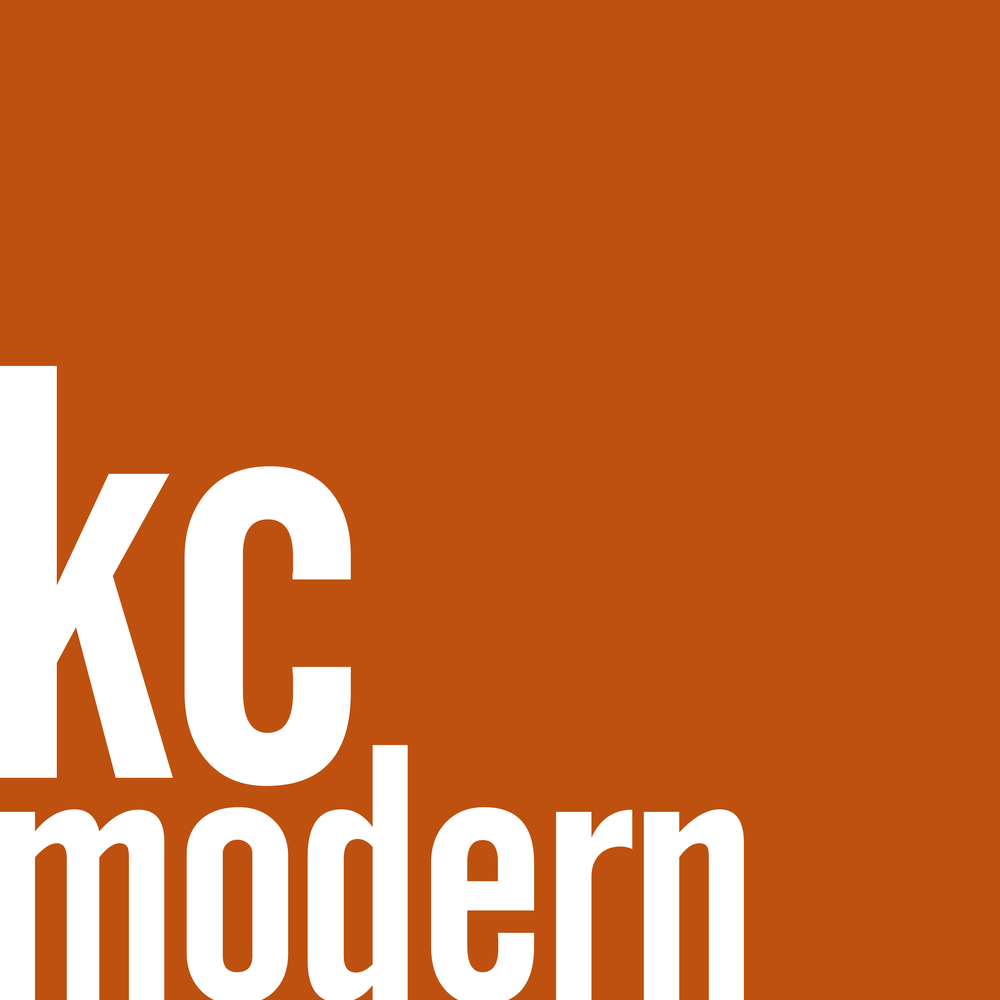
Back in 2004, co-blogger Scott and I went to California to visit with Don
Drummond at his home in Carmel, California. After an entire day of chatting about his years building Modern homes in Kansas City, he began to look for some old magazines and books about his projects in KC. He took us to a hall closet, which had some of his wife's books on design and there was this book with the Revere Homes from Prairie Village, KS on the cover. It was called,
Before You Buy a House, by John Hancock
Callender. My heart skipped a beat with excitement when I saw it. Seeing my enthusiasm, Don offered to give me the book. I resisted the tempting offer, suggesting that he give it to one of his children or grandchildren instead. I did except his offer on another fabulous book, but that is a story for another day. Ironically, I found the same book on the shelf of Stephen
Ritchings, another Mid-Century Modern enthusiast and friend in California later that same weekend. Making note of the title, I immediately ordered a couple copies of this rare title from used book sellers upon my arrival back home.
This has proven to be one my favorite titles in my extensive vintage architecture book collection. It has early 1950's homes by many of the great house designers and builders of the time. Most notably. there is extensive coverage of the early
Eichler homes by
Anshen and Allen and Jones and
Emmons in California. Also of note are homes in
Hollin Hills, Alexandria, VA by Architect, Charles M. Goodman and Builder, Robert C. Davenport. Closer to home, there are projects in
Arapahoe Acres, Denver, CO by Architect, Eugene R.
Sternberg and Builder, Edward B. Hawkins.
The book is titled
Before You Buy a House: How to Judge, How to Value, How to Decide by John Hancock
Callender and authorized by the Architectural League of New York and the Southwest Research Institute. Published by Crown Publishing, New York in 1953.
160 pages, 34 Houses and developments, 211 black-and-white photographs, drawings, and plans, and an Evaluation Checklist prepared by The Housing Research Foundation.
Because some of these homes will be on the upcoming
KCMODERN Runnells Modern House Tour I thought I would share this book with you. Here are the pages from the book pertaining to the
Revere Home by
Architect, David B. Runnells and
Builder, Donald H. Drummond.



 As I recall in 2007, Robert McLaughlin and I met with David Runnels daughter, Jill. We collected her remembrances in an oral history. She placed in our safekeeping numerous items including plans, drawings, etc. and also numerous photograhic slides. These pics are from about 1953 to 55(?), taken by Runnels of the homes built by Don Drummond. The design was published in House Beautiful, Life magazine and numerous design books and trade publications. There were 14 of these Revere Homes built by Drummond(featuring copper plumbing, guttering and flashings, insulation, etc. Don't forget your Mom's Revere Ware!) One was found to be built near Nall and in Lawrence by a different builder, we heard was from Topeka. There could be more of these gems scattered elsewhere...
As I recall in 2007, Robert McLaughlin and I met with David Runnels daughter, Jill. We collected her remembrances in an oral history. She placed in our safekeeping numerous items including plans, drawings, etc. and also numerous photograhic slides. These pics are from about 1953 to 55(?), taken by Runnels of the homes built by Don Drummond. The design was published in House Beautiful, Life magazine and numerous design books and trade publications. There were 14 of these Revere Homes built by Drummond(featuring copper plumbing, guttering and flashings, insulation, etc. Don't forget your Mom's Revere Ware!) One was found to be built near Nall and in Lawrence by a different builder, we heard was from Topeka. There could be more of these gems scattered elsewhere... The above shot is of Jerad (Studio/Build)and Jessica Foster's house when new. The houses were originally stained with the trim painted various colors as seen in these photos. To enlarge, click on image.
The above shot is of Jerad (Studio/Build)and Jessica Foster's house when new. The houses were originally stained with the trim painted various colors as seen in these photos. To enlarge, click on image. In the above photo is an interesting effect by Runnels, bringing the balcony screen down to the ground. Large windows bring in fresh air and cross breezes prior to air conditioning...Below: Rear photos from a then untamed Brush Creek.
In the above photo is an interesting effect by Runnels, bringing the balcony screen down to the ground. Large windows bring in fresh air and cross breezes prior to air conditioning...Below: Rear photos from a then untamed Brush Creek.



 Great neighborhood pictures, I love the cars, Desotos and Studebakers. Not many trees in the Skyscape of PV back then Don provided an ample landscaping allowance as seen here...interesting to see the houses to the north on Tomahawk (all painted white) and see the contrast to these "sports-car" houses. I'll get more of these on the site soon. To see more of David Runnels see the tabs to the right...
Great neighborhood pictures, I love the cars, Desotos and Studebakers. Not many trees in the Skyscape of PV back then Don provided an ample landscaping allowance as seen here...interesting to see the houses to the north on Tomahawk (all painted white) and see the contrast to these "sports-car" houses. I'll get more of these on the site soon. To see more of David Runnels see the tabs to the right...


















































































